April 17, 2025
Letters from Indochina (Part 18)
By Simon J. Lau
This morning I departed A Luoi. It’s a neat little town and definitely a place I’d like to revisit. There were several landmarks I would’ve loved to see—Hamburger Hill and Anor Waterfall in particular—but I just didn’t have the time. I’ll have to add them to the list for next time!
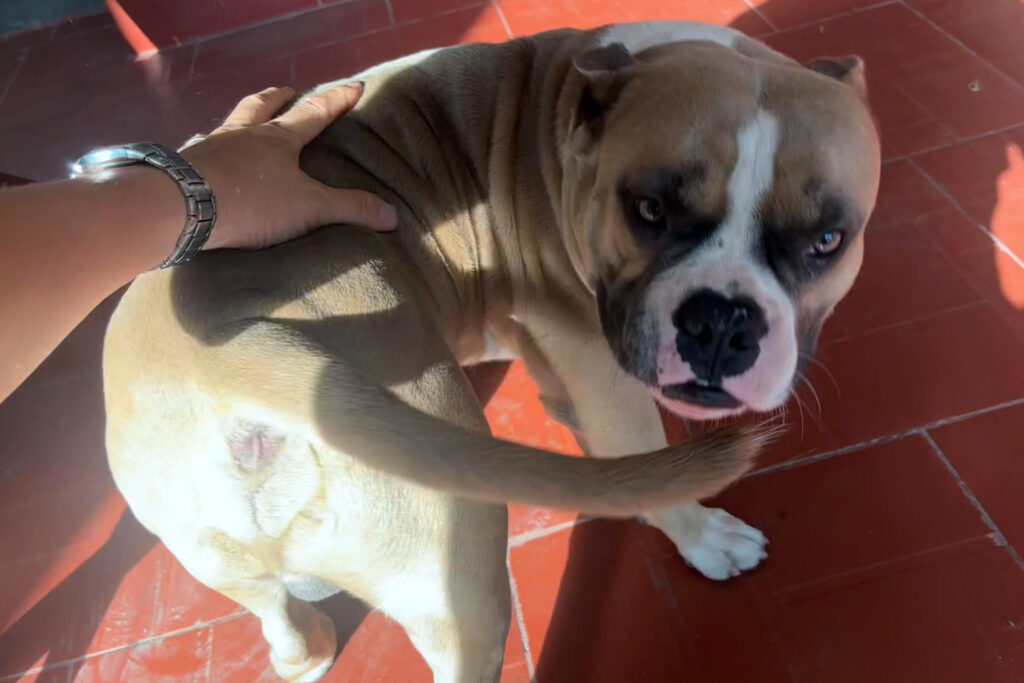
While having coffee in the morning, I had a sweet surprise: I ran into my favorite Bully in Vietnam (I’ve only seen two here—him and what I assume is his son). I met them last night while walking back from BBQ. I didn’t expect to see them again, but sure enough, this Bully came trotting by the coffee shop. He was so happy to see me, wagging and bouncing around, and I was just as happy to say goodbye properly.
The ride to Khe Sanh was fairly easy today—nothing too scenic—and I arrived around noon. Khe Sanh is a small town that became famous during the Vietnam War for the 1968 Battle of Khe Sanh, where U.S. Marines and South Vietnamese forces endured a brutal 77-day siege against North Vietnamese troops. It was one of the war’s bloodiest and most heavily contested battles.
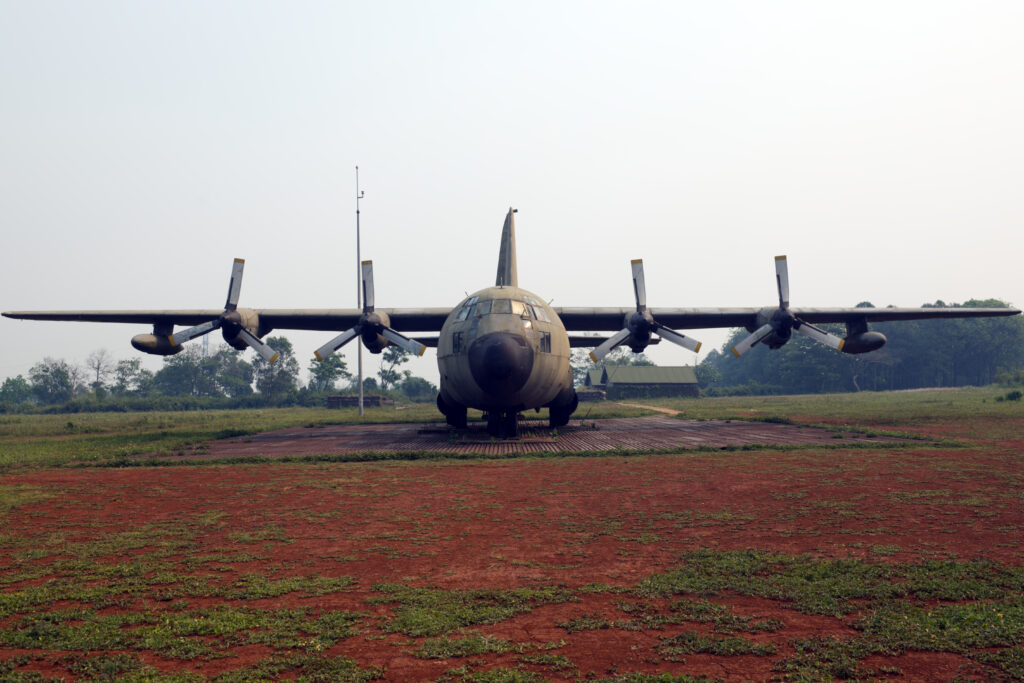
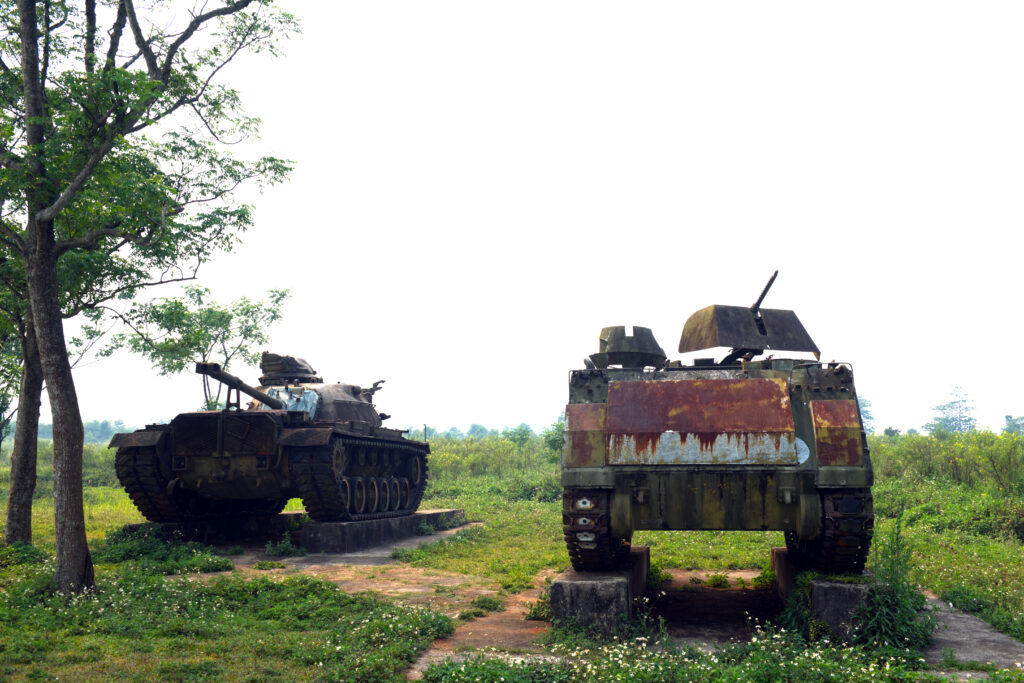
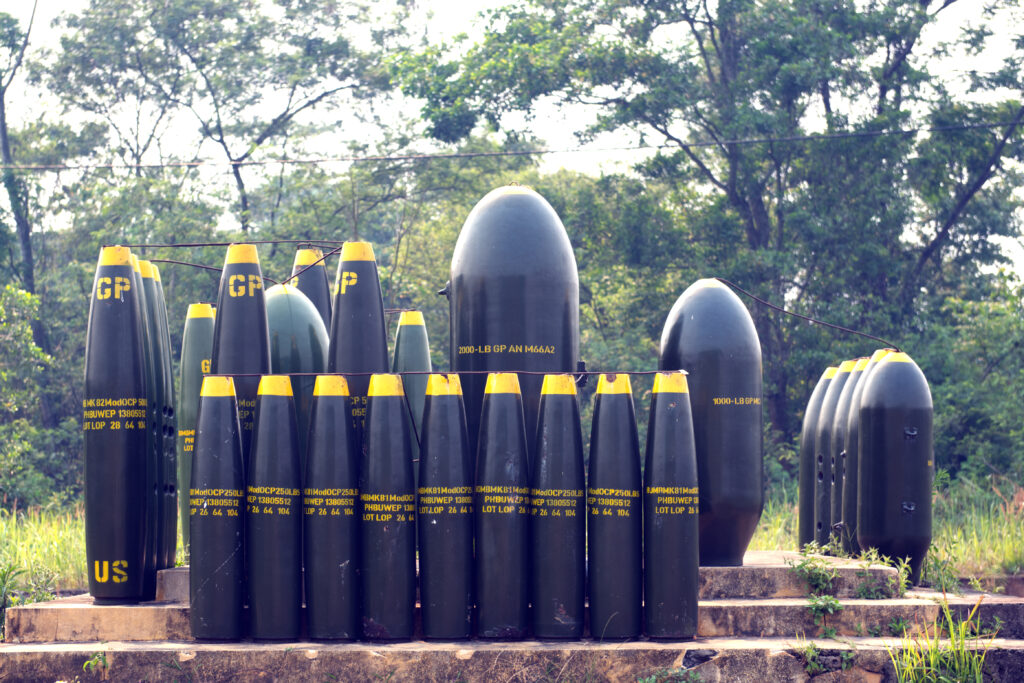
Wanting to learn more, I checked into my hotel and headed straight for the Ta Con Airport Relic Museum. The museum sits on the site of the former U.S. airbase and preserves several old American aircraft, tanks, bunkers, and artillery pieces. Walking the grounds, you can still see sections of the old runway and get a feel for just how isolated and vulnerable this place must have been during the siege. It’s not a place I would’ve wanted to be stationed.
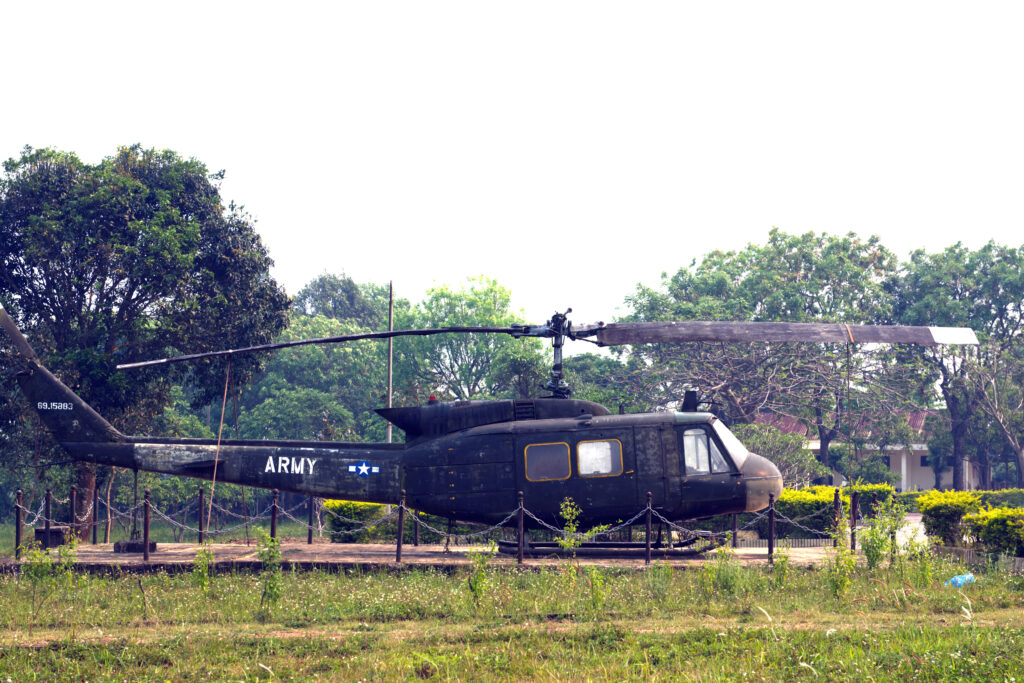
I’d say the most interesting relic they had was the Huey helicopter. Officially known as the UH-1 utility helicopter, it was used extensively by American forces for troop transport, medical evacuation, and air support. There’s something so iconic about the Huey and its association with the Vietnam War; seeing it here instantly brought me back to all those Vietnam War-era videos where the sound of its rotors and its low, sweeping flights became symbolic of the conflict.
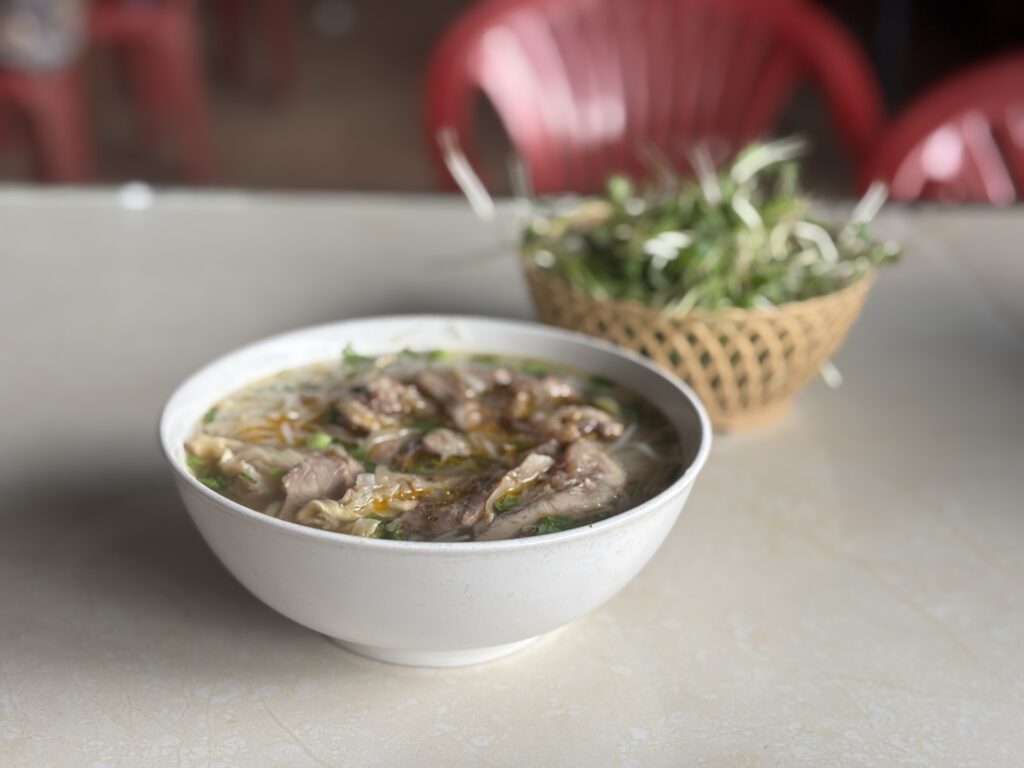
As for the town itself, it felt a little rough. Wandering through the city center, all I could notice was how dusty everything was—dust being kicked up everywhere—and for whatever reason, this was the busiest stretch of the Ho Chi Minh Road I’ve seen so far. I’m hoping the traffic clears up tomorrow and that things return to the peaceful, quiet roads I’ve gotten used to. At least I managed to find a good roadside restaurant serving what felt like a home-cooked bowl of pho—a small comfort before a long ride ahead.
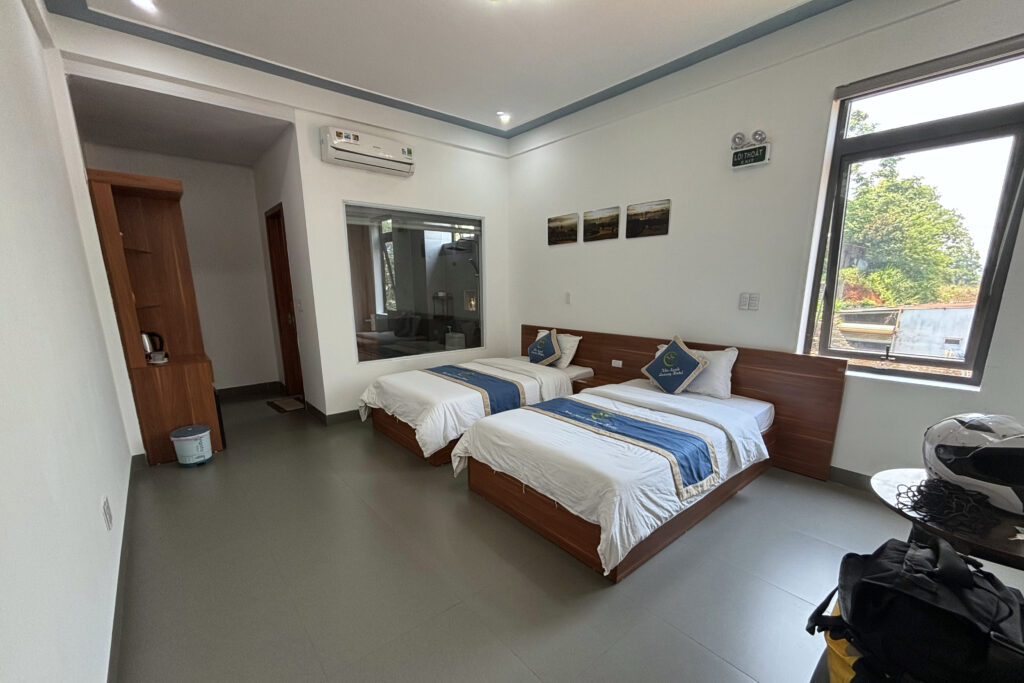
I booked a night at the Khe Sanh Luxury Hotel—though it’s far from luxurious. When I got back this evening, the power in my room wouldn’t turn on. In many places in Asia, you need to insert your room card into a slot to activate the electricity—a smart system to keep guests from leaving the AC and lights running when they’re out. In my case, the slot wasn’t working: no lights, no power. They called the hotel electrician, who showed up quickly, but even after 15 minutes, he couldn’t fix it. Also, judging by the way he was working, I didn’t exactly want to be there if he got electrocuted, so I asked them to reassign me to another room.
The new room at least had working power—except in the bathroom. There was also a strange switch by the beds that, when turned on, produced a horrendous noise from the toilet. I have no idea how or why they’re connected. But like I said, this place is far from luxury. Still, it’s good enough for one night.

Finally, my route from A Luoi to Khe Sanh (about 69 miles, or 111 kilometers).

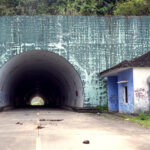


Comments are closed.